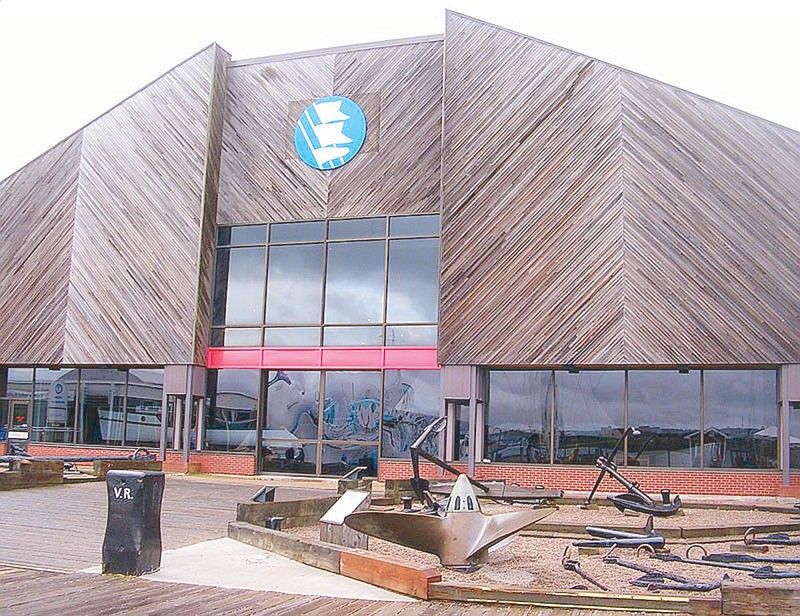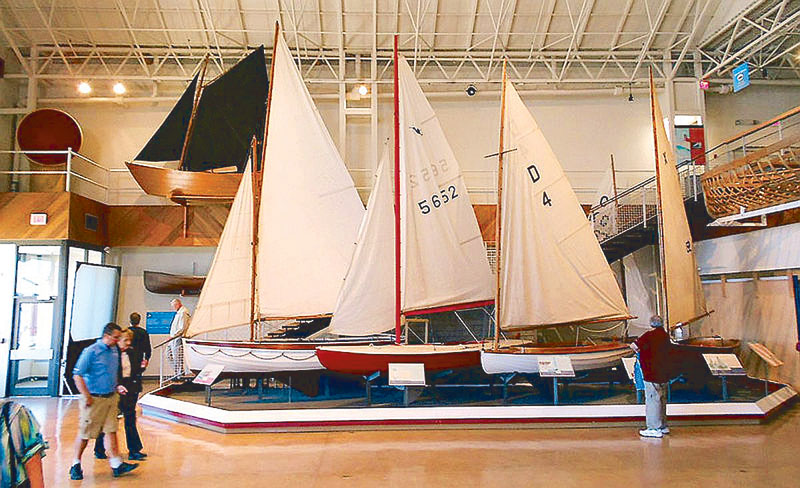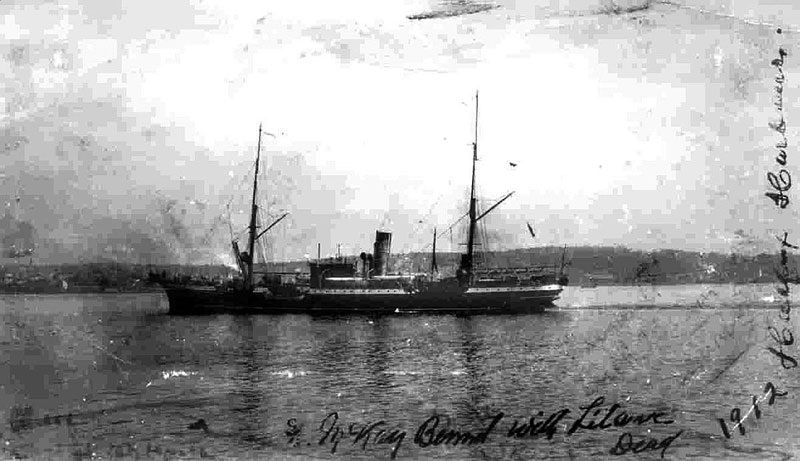The unsinkable Titanic lives on

MANILA, Philippines — As we leisurely sailed into the picturesque harbor city of Halifax by the northeastern Atlantic edge of Canada, all we could focus on, from the balcony of our cabin on board The Anthem of the Seas, was a formidable structure within a solid walled fortress.
We beelined towards a three-meter-wide boardwalk, with one-of-a-kind mom and pop stalls and a dozen choice shops showcasing artisanal nautical items, crafted by gifted hands. At a distant end was the Maritime Museum of the Atlantic, which we ignored due to the excitement of discovering the circular barrier by the mound hovering over the city, a defensive structure called the Citadel.
And yet the gods had other plans. We all felt a strange urge, a spell much like the effect on the kids drawn by the magical pipe of the Pied Piper of Hamelin.
We soon found ourselves in the Maritime Museum of the Atlantic, the oldest and largest showroom of its kind in the country, housing a priceless selection of over 30,000 artifacts collected through the centuries, each with stranger-than-fiction anecdotes.
We were overwhelmed by the allure of the olden days of sailboats to the advent of steamboats, from small vessels to gigantic warships.
One section focused on the unforgettable Halifax Explosion. This grim incident is remembered through displays of narratives and photographs before and after that fateful day.
The aforementioned kaboom was a disaster in the early 1900s, when a ship filled with explosives – unknown cargo to most – caused a disaster of great magnitude when it mysteriously collided with a vessel and resulted in the devastation of an entire district, taking the lives of almost 2,000 and injuring 9,000 more.

Ships on display. BathyMetrix
Personally, most touching was the never-seen-before installation of the epic drama of the Titanic, which tragically traced the history of the unsinkable ship’s conception and construction, the infamous iceberg’s kiss, the ultimate disappearance to the bottom of the seas and the praises of heroism earned by the local community.
We learned how several crudely organized units of willing volunteers braved the rough weather conditions of dangerous and turbulent stormy waves, to rescue – at all costs – the cold, shivering, traumatized survivors and, sadly, to recover the lifeless remains.
The most appreciative survivors were ferried to New York – the voyage’s scheduled next port of call – while others who answered the call of their Maker found their respective resting places in one of the city’s cemeteries – the Fairview Lawn, Mount Olivet and Baron de Hirsh.
Silently, starting with the rare replica of a regal Titanic deck chair in all its glory, contrasted with the model of the ocean liner’s now-rusted bow, a true to life rendition of what it looks like now, thousands of feet underwater.
The ship had its own share of Wreckwood, an odd tradition in which the seafarers of old would keep fragments of shipwrecks as reminders of possible fate. The said memorabilia were never sold nor auctioned, and were rather kept by families. In time, these pieces of wood were often used as picture frames of their dearly beloved. Some were eventually loaned to naval museums.

Mementos of the tragedy (from left): a mortuary bag, a wreckwood, a pair of child’s shoes, a button from the uniform of an officer. Photos from Maritime Museum of the Atlantic
A beautifully carved mahogany cabinet was likewise spotted, which looked similar to the modern-day medicine boxes in bathrooms worldwide.
We stood in front of a gigantic photograph of the Titanic’s grand staircase, and was even more shocked by the select items from their first-class dinnerware collection which bordered the image.
The manifest was full of who’s who passengers from both sides of the Atlantic to witness this dream-like historic maiden voyage. One of them was millionaire Charles Hayes, president of Grand Trunk Railway, as testified by his gloves.
We were taken aback by the totally unexpected log of a breath-by-breath, blow-by-blow report of the sinking of the ship, a sad testimony of what really happened during the night of the tragedy.
These documentations must have aided dedicated researchers to verify the last moments afloat of the Titanic.
A poignant item, known as the Unknown Child Shoes, left us teary-eyed, as we listened to the episode of a young girl who was never found.
The pair of shoes was identified to belong to Body No. 4. As a result of several DNA tests and multiple extensive background searches, the owner was identified to be a 19-month-old named Sidney Leslie Goodwin from England. She was traveling with the entire family to Niagara Falls, for her father received a job offer, but the entire clan perished.

A ship which carried Titanic survivors and remains of its passengers.
Another gripping display was the Mortuary Bag No. 41, a rucksack used to identify and protect the personal belongings of the then-only known as Body No. 41. In later years, that certain someone was identified as Edmund Stone, a 33-year-old steward from Southampton.
Models of dispatched lifeboats such as the White Star Line lifeboat, of which there were only 20 aboard the ocean liner, was likewise on display, complete with sample oars, sails and supplies to sustain several days at sea – which all complied with the regulations back then. The loophole, though, was that rules did not state that ships should provide enough lifeboats to save everyone on board.
As we exited the showroom, we pondered on the ifs and the buts – had there been enough lifeboats, would the story of the Titanic have ended differently?
I contemplated on the duality of the oceans – its destructive power that brings about material losses and even death, yet it likewise provides livelihood and relaxation through its bounties… But such is the reality of life.



















